nginx 负载均衡、反向代理实验
实验目的
理解概念:明确反向代理和负载均衡的基本概念及其在网络架构中的作用。
掌握技能:学习如何配置Nginx以实现反向代理和负载均衡功能。
实践应用:通过实际操作,体验Nginx如何提升Web服务的可用性和扩展性。
理论基础
反向代理:解释反向代理的作用,即客户端请求首先到达代理服务器,然后由代理服务器转发给内部网络中的目标服务器。
负载均衡:说明负载均衡的概念,如何通过分配请求到多个服务器来优化资源使用、提高响应速度和避免单点故障。
设备准备
| ip | 服务器 |
|---|---|
| 192.168.99.137 | 负载均衡nginx |
| 192.168.99.139 | tomcat1服务器 |
| 192.168.99.122 | tomcat2、3服务器 |
| 192.168.99.116 | nginx静态资源服务器 |
| 192.168.99.117 | 独立的tomcat |
systemctl stop firewalld
setenforce 0
yum -y install wget vim net-tools
负载均衡集群搭建
安装tomcat1
cd /opt
rpm -ivh jdk-8u371-linux-x64.rpm
echo "export JAVA_HOME=/usr/java/jdk1.8.0-x64
export CLASSPATH=.:$JAVA_HOME/lib/tools.jar:$JAVA_HOME/lib/dt.jar
export PATH=$JAVA_HOME/bin:$PATH" >>etc/profile.d/java.sh
# 使环境变量配置立即生效
sourse /etc/profile.d/java.sh
tar xf apache-tomcat-9.0.78.tar.gz
mv -f apache-tomcat-9.0.78 tomcat1
cat >/opt/tomcat1/webapps/ROOT/index.jsp <<EOF
<%@ page language="java" import="java.util.*" pageEncoding="UTF-8"%>
<html>
<head>
<title>JSP test1 page</title> #指定为 test1 页面
</head>
<body>
<% out.println("动态页面 1,http://www.test1.com");%>
</body>
</html>
EOF
/opt/tomcat1/bin/startup.sh
if [ $? -eq 0 ]; then
echo "tomcat1启动成功"
else
echo "tomcat1启动失败"
exit 1
fi

tomcat2、3部署
cd /opt
rpm -ivh jdk-8u371-linux-x64.rpm
tar xf apache-tomcat-9.0.78.tar.gz -C tomcat2
cat >/opt/tomcat2/webapps/ROOT/index.jsp <<EOF
<%@ page language="java" import="java.util.*" pageEncoding="UTF-8"%>
<html>
<head>
<title>JSP test2 page</title> #指定为 test2 页面
</head>
<body>
<% out.println("动态页面 2,http://www.test1.com");%>
</body>
</html>
EOF
/opt/tomcat2/bin/startup.sh
#tomcat3
cd /opt
rpm -ivh jdk-8u371-linux-x64.rpm
tar xf apache-tomcat-9.0.78.tar.gz -C tomcat3
cat >/opt/tomcat3/webapps/ROOT/index.jsp <<EOF
<%@ page language="java" import="java.util.*" pageEncoding="UTF-8"%>
<html>
<head>
<title>JSP test3 page</title> #指定为 test3 页面
</head>
<body>
<% out.println("动态页面 3,http://www.test1.com");%>
</body>
</html>
EOF
/opt/tomcat3/bin/startup.sh

负载均衡器配置
yum install -y epel-release && yum install -y nginx
在http模块中添加upstream模块
upstream tomcats {
server 192.168.99.139:8080 weight=1;
server 192.168.99.122:8081 weight=1;
server 192.168.99.122:8082 weight=1;
}
在server中添加location,只针对jsp结尾的请求进行负载均衡
listen 80;
server_name 192.168.99.137;
location ~ .*\.jsp$ {
proxy_pass http://tomcats;
proxy_set_header Host $host;
proxy_set_header X-Real-IP $remote_addr;
proxy_set_header X-Forwarded-For $proxy_add_x_forwarded_for;
}
测试:每次刷新1、2、3循环
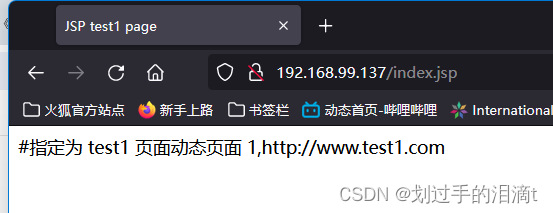
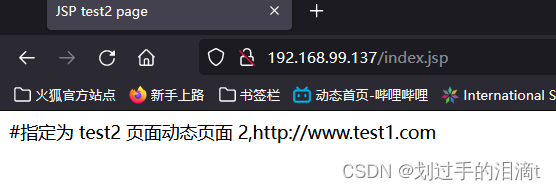
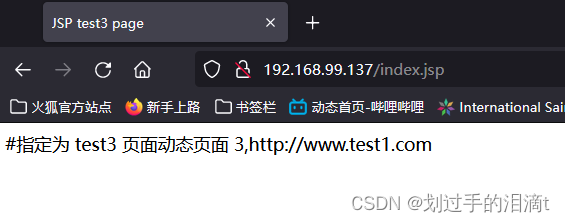
反向代理静态资源服务器
nginx静态资源服务器添加图片资源
#配置Nginx处理静态图片请求
location ~ .*\.(gif|jpg|jpeg|png|bmp|swf|css)$ {
#root /usr/share/nginx/html/img;
proxy_pass http://192.168.99.116;
proxy_set_header Host $host;
proxy_set_header X-Real-IP $remote_addr;
proxy_set_header X-Forwarded-For $proxy_add_x_forwarded_for;
expires 10d;
}

反向代理一台独立的tomcat服务器
192.168.99.117
cd /opt
rpm -ivh jdk-8u371-linux-x64.rpm
echo "export JAVA_HOME=/usr/java/jdk1.8.0-x64
export CLASSPATH=.:$JAVA_HOME/lib/tools.jar:$JAVA_HOME/lib/dt.jar
export PATH=$JAVA_HOME/bin:$PATH" >>etc/profile.d/java.sh
# 使环境变量配置立即生效
sourse /etc/profile.d/java.sh
tar xf apache-tomcat-9.0.78.tar.gz
mv -f apache-tomcat-9.0.78 tomcat4
cat >/opt/tomcat4/webapps/ROOT/index.jsp <<EOF
<%@ page language="java" import="java.util.*" pageEncoding="UTF-8"%>
<html>
<head>
<title>JSP test4 page</title> #指定为 test4 页面
</head>
<body>
<% out.println("动态页面 4");%>
</body>
</html>
EOF
/opt/tomcat4/bin/startup.sh
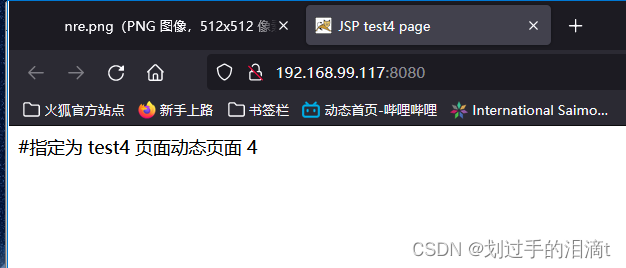
ngnix服务器配置
server {
listen 81;
server_name 192.168.99.137:8080;
location ~ .*\.jsp$ {
proxy_pass http://tomcats;
proxy_set_header Host $host;
proxy_set_header X-Real-IP $remote_addr;
proxy_set_header X-Forwarded-For $proxy_add_x_forwarded_for;
}
}
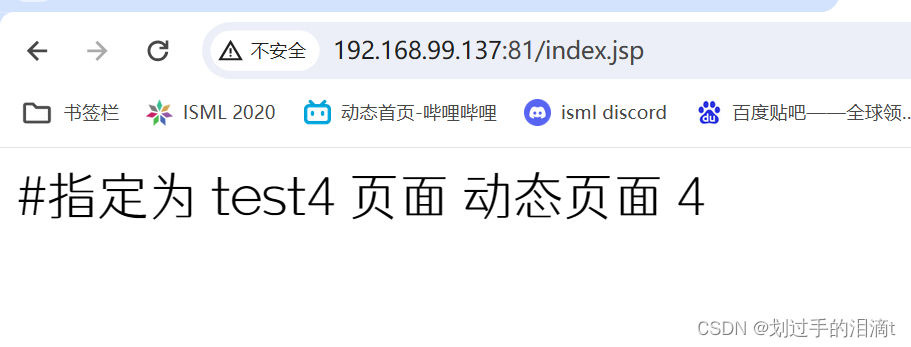

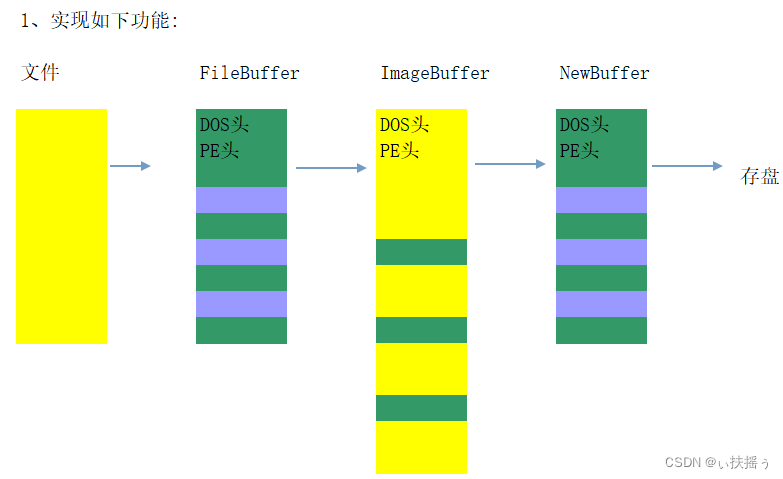











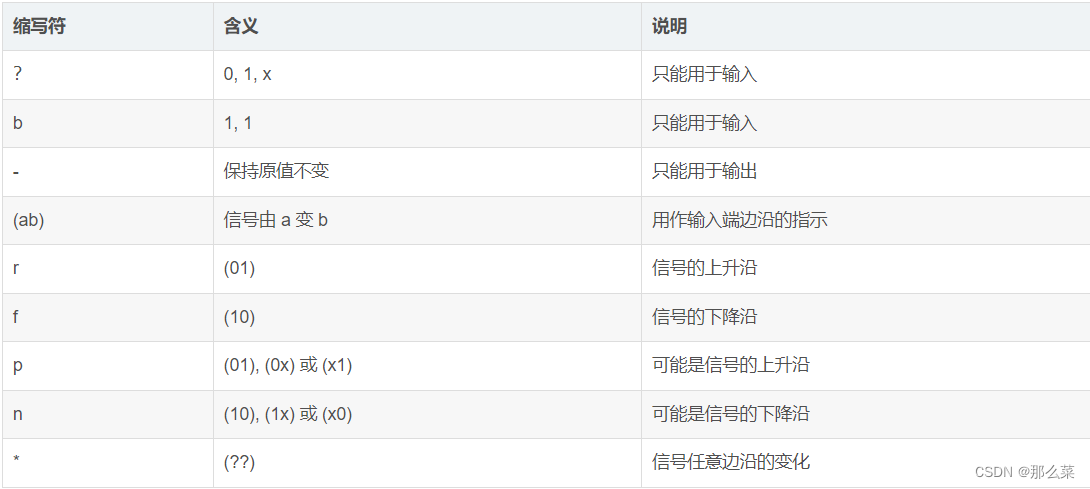

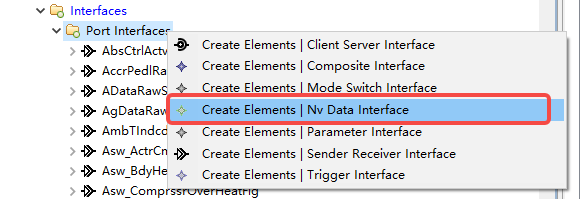
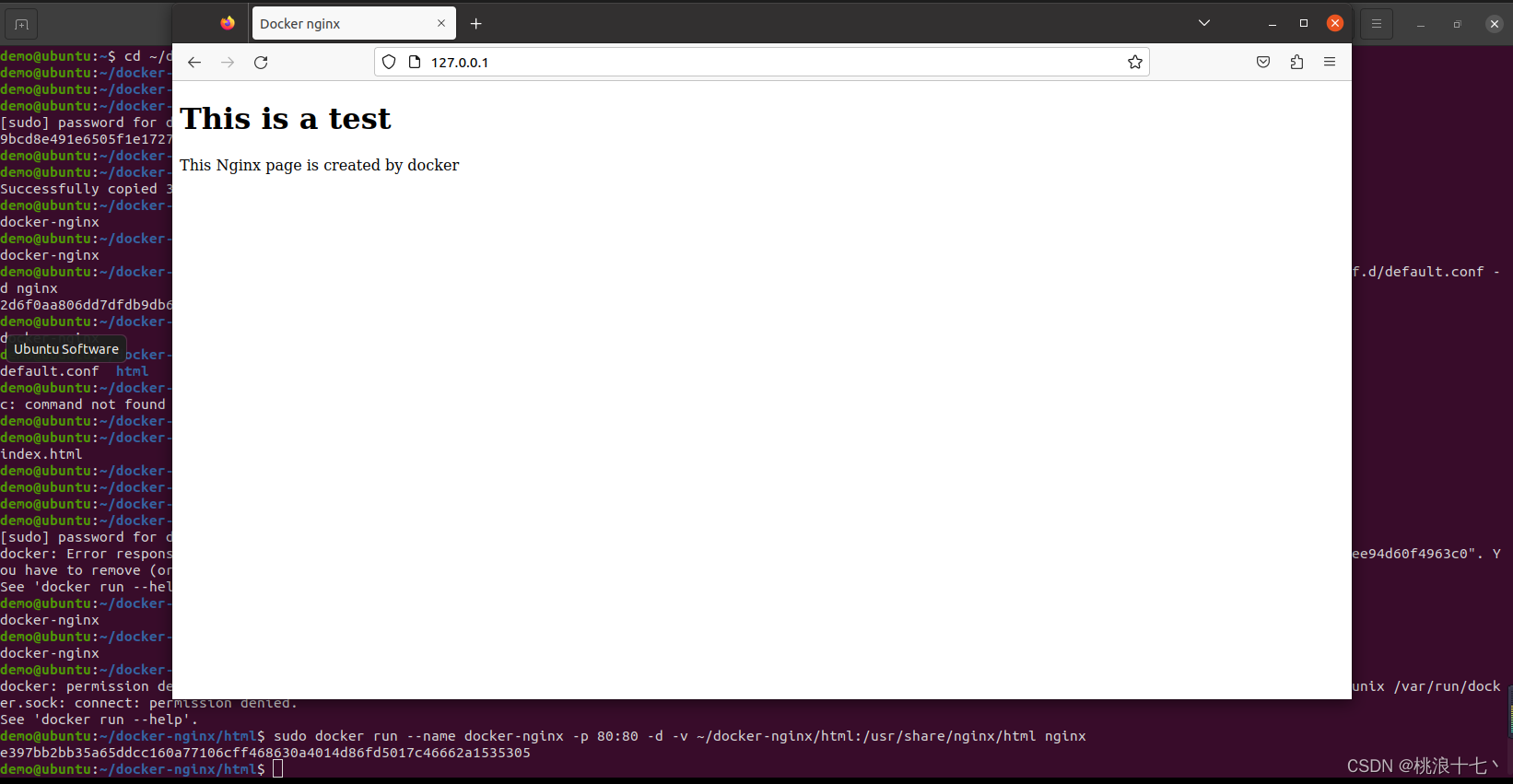


![[笔记] Win11 Microsoft Store App 离线下载](https://img-blog.csdnimg.cn/direct/1d01177b5fbf4c349746d7a1b31b08ae.gif)